The curious story of Julia Morgan starts at the University of California where she enrolled to study engineering.
In her senior year, she was mentored by the renowned and unusual American architect, Bernard Maybeck. Morgan had admired Maybeck whose major buildings were in the San Francisco Bay Area. Maybeck eventually encouraged his mentee to go for a spot at the eminent French École Nationale supérieure des Beaux-Arts in Paris where he distinguished himself.
Following her graduation in California in 1894, when Morgan was the only woman in her engineering class, she headed to Paris, to prepare for the entrance exam at the university. However, the school had never before allowed a woman to study architecture, and in 1897 it opened to woman candidates for the very first time in history. The school annually admitted the top 30 candidates, and it took Julia three turns to get in.
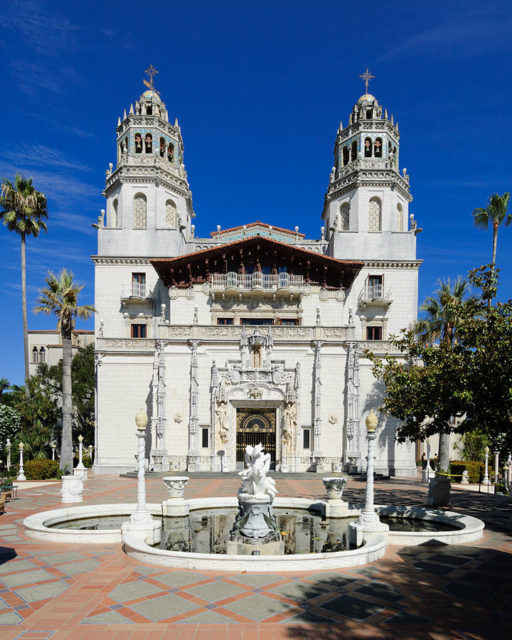
When she first attempted to enroll, she placed too low. On the second turn, she managed to get into the top 30, but her marks were lowered by examiners. After a year of tutoring under François-Benjamin Chaussemiche, a receiver of the Prix de Rome for architecture, she finally made it, scoring the 13th position out of 376 candidates. She finished the studies in three years, despite that the program regularly took five years, and became the first woman to receive a certificate in architecture from the Beaux-Arts school in Paris.
Brainiac as she was, Julia returned to San Francisco and became the first woman to obtain an architecture license in California. A prolific career was ahead of her. Her first projects followed after the hazardous 1906 San Francisco earthquake, and soon after, she was introduced to William Randolph Hearts who became her most famous patron.
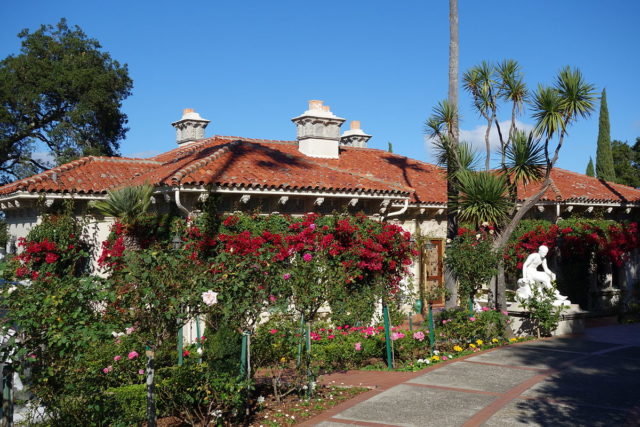
Hearst was famous as a newspaper publisher tycoon, moreover for his yellow journalism, and he hired Morgan to work on the design of the daily LA “Examiner” Building. The building was done around 1914, in a Mission Revival style, sourcing out inspiration from the 18-th and 19-th century Spanish missions in California.
William was also an arts and antiquities collector, and he envisioned a grand estate which would house some of his treasures. In 1919, Morgan became Hearst’s first architect and engaged for a project that would last a lifetime – the Hearst’s Castle. Also called “La Cuesta Encantada” or as Hearst simply called it “The Ranch,” the Hearst’s Castle was an ongoing work in progress until 1947 when Hearst’s health worsened.
The Hearst’s Castle gained an iconic status during the 1920’s and the 1930’s when the entire Hollywood along the people from the political elite started to pay visits regularly. Charlie Chaplin, the Marx Brothers, Greta Garbo, James Steward, Franklin Roosevelt and Winston Churchill were just a small portion of the notables who made guests at the famous mansion. The estate had so many facilities that guests could entertain themselves at all hours of the day even when Hearst was absent and up for business. The estate also had a theater, and it screened films from Hearst’s movie studio, Cosmopolitan Productions.
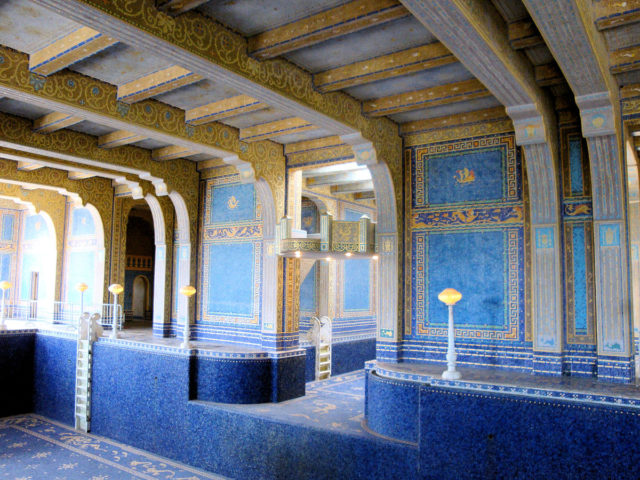
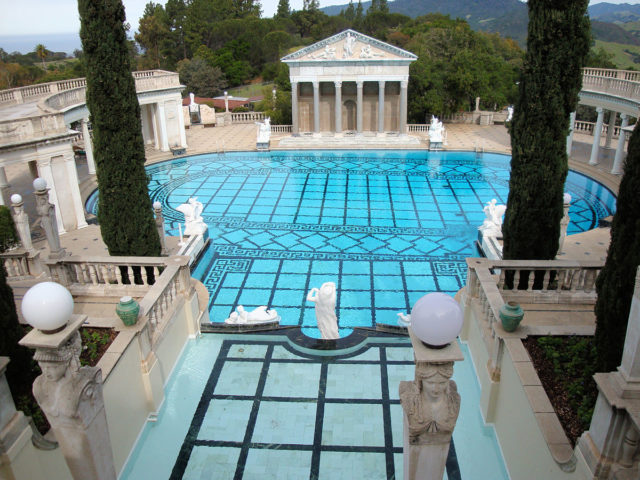
In 1941, the Hearst Castle inspired the “Xanadu” mansion of Orson Welles film Citizen Kane which slightly fictionalized Hearst’s career too. William was not so pleased to see such film, and upon the release, he prohibited mentions of it in any of his newspapers.
One of the featured projects which Morgan did for Hearst was also the Hacienda that was completed in 1930 and replaced an older wooden site known as the Milpitas Ranch House. As a guest house complex, the Hacienda made another example of Julia’s splendid work. This building fused Mission Revival, Spanish Colonial Revival, and Moorish Revival styles, and it took a day of horseback riding inland from the Hearst Castle to reach it.
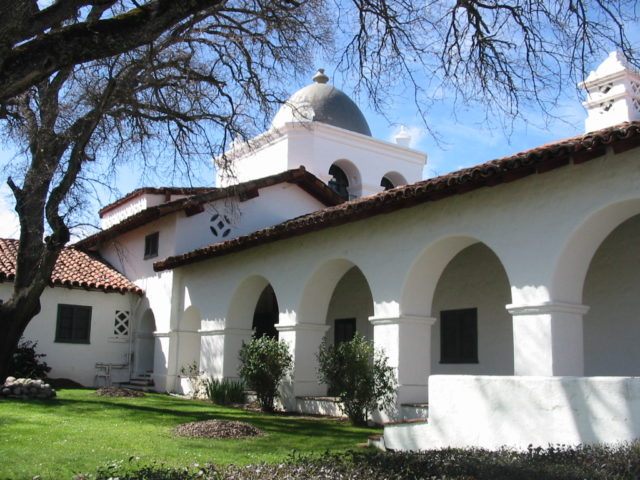
Following the death of Hearst, the renowned estate at San Simeon was donated to the state of California. Under state administration, it opened in 1958 as the Hearst San Simeon State Historical Monument. Since then, the mesmerizing beauty of the place and its collection of arts and antiquities has attracted millions of travelers each year. The Hearst Castle was further used as a filming setting for Stanley Kubrick’s film Spartacus and Lady Gaga’s music video of G.U.Y.
Throughout her career, Morgan designed over 700 buildings in the realm of California. Nevertheless, the Hearst Castle remains as one of her best achievements and a site of tremendous historical and cultural significance.
